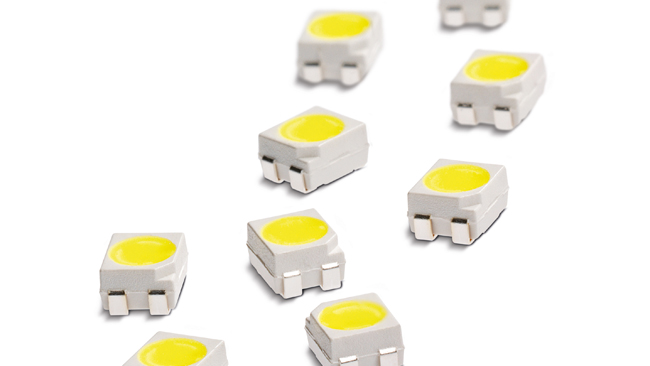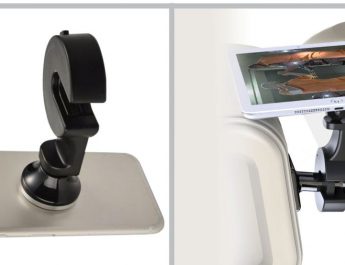LANXESS has developed four new compounds for light-emitting diode (LED) housings and sockets. Pocan TP 555-911, -991, -912 and -992 are based on polycyclohexylenedimethylene terephthalate (PCT),polyester used by the specialty chemicals company for the first time. The mineral- and/or glass-fiber-reinforced compounds achieve very high light reflection levels of 93 to nearly 96 percent (at a wavelength of 450 nanometers). Used as a material for the LED housings, they reflect the light of the LEDs almost completely, keeping brightness losses to a minimum.
“What is so special about the new products is their good reflection behavior, which diminishes only minimally over time under standard LED operating conditions. That is a major advantage over high-melting polyamides, which eventually yellow from exposure to heat and light, causing their light reflection and thus the brightness of the LEDS to drop noticeably,†explains Thomas Malek, New Business Development Manager for lighting technology in LANXESS’s High Performance Materials business unit.
High temperature of deflection under load
Another advantage of the four innovative products is their very high temperature of deflection under load. “They can easily withstand temperatures of 240 to 280 °C like those commonly encountered in lead-free vapor phase soldering.†Vapor phase soldering without lead is used frequently to connect the LED chips electrically.
Easy to process, good mechanical properties
The new polyester compounds support a stable manufacturing process and can be injection molded in a wide processing window despite their high filler content. “Thanks to the good flow properties, the chip housings and sockets can be designed with thin walls and slim dimensions,†explains Malek. Processing temperatures are significantly lower than with high-temperature polyamides. The mechanical properties of the compounds lend the LED chips good durability. For example, the elongation at break is between 1.5 and 1.8 percent and the tensile modulus between 4,200 and 7,000 MPa. This makes the materials ideal for LED applications requiring better mechanical properties.




